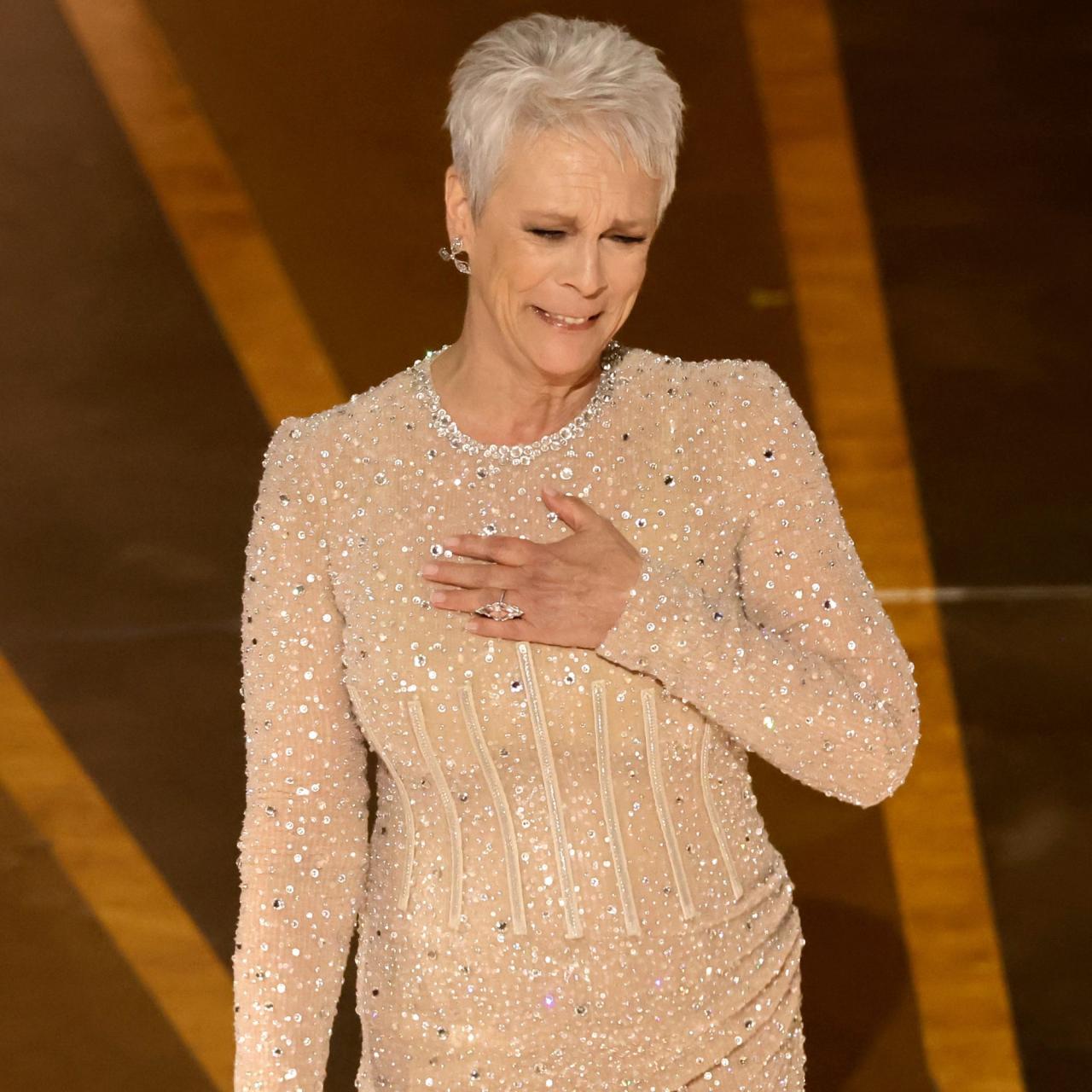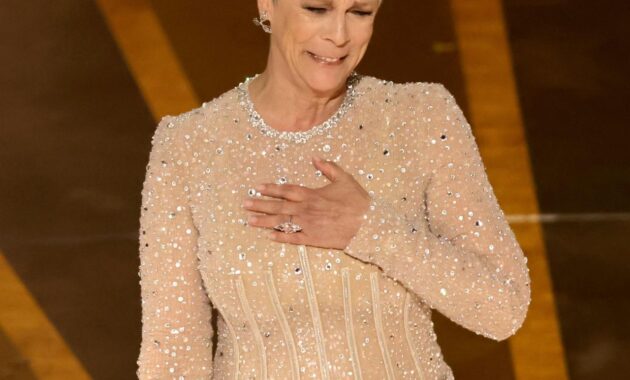How to Tell If Someone Is Serious About Dating sets the stage for this enthralling narrative, offering readers a glimpse into the nuances of modern relationships. Understanding the seriousness of someone’s intentions in dating can be pivotal for emotional investment and long-term compatibility. This exploration delves into the signs, behaviors, and context that can reveal a person’s commitment level, drawing from both psychological insights and social dynamics.
By examining verbal cues, nonverbal signals, and the overall context of interactions, one can discern whether a potential partner is genuinely interested in pursuing a serious relationship. This analysis not only emphasizes the importance of communication and honesty but also highlights how different individuals express their commitment based on personal experiences and societal norms.
Climate change is one of the most pressing issues of our time, affecting various aspects of life on Earth, including ecosystems, species diversity, and human livelihoods. The scientific consensus indicates that global temperatures are rising due to increased greenhouse gas emissions resulting from human activities such as deforestation, industrialization, and the burning of fossil fuels. These climatic shifts have profound implications for biodiversity, which refers to the variety of life on Earth, including the diversity of species, genetic variation within those species, and the ecosystems they form.
Understanding Biodiversity: How To Tell If Someone Is Serious About Dating
Biodiversity can be understood through three primary components: species diversity, genetic diversity, and ecosystem diversity. Species diversity refers to the number of different species in a particular habitat or on Earth as a whole. Genetic diversity encompasses the variety of genes within a species, which contributes to the resilience and adaptability of populations. Ecosystem diversity pertains to the variety of ecosystems, such as forests, wetlands, grasslands, and oceans, each providing unique habitats that support distinct forms of life.
The richness of biodiversity not only supports ecological balance but also provides essential services to humanity, including food, clean water, pollination, and climate regulation. Consequently, the degradation of biodiversity due to climate change poses significant risks to these ecosystem services and, by extension, human survival.
Direct Effects of Climate Change on Biodiversity
The direct effects of climate change on biodiversity are varied and encompass shifts in species distribution, changes in population dynamics, and alterations in reproductive cycles. As temperatures rise, many species are forced to migrate toward cooler areas, typically poleward or to higher altitudes. For example, studies have shown that many bird species are moving northward in search of suitable habitats.
This shift can disrupt existing ecosystems, as the new species interactions may lead to competition for resources or predation on native species.
Furthermore, changes in climate can also affect the timing of biological events, known as phenology. For instance, warmer temperatures may result in earlier flowering of plants or earlier breeding times for animals, which can disrupt the synchronicity between species that rely on each other for survival. A well-documented case is that of the dependence of migratory birds on the availability of food resources, which may no longer align due to variable climate patterns.
Indirect Effects of Climate Change on Biodiversity
Indirect effects of climate change on biodiversity are equally concerning. These include habitat loss, changes in land use, and increased frequency of extreme weather events. Habitat destruction through human expansion, such as urbanization and deforestation, exacerbates the challenges posed by climate change, resulting in fragmented ecosystems that cannot support diverse life forms.
Moreover, climate change contributes to the frequency and intensity of extreme weather events like hurricanes, droughts, and floods. These events can lead to rapid changes in habitat conditions, making it difficult for species to adapt quickly enough to survive. For example, coral reefs, which are sensitive to temperature changes, have been subject to widespread bleaching events due to rising sea temperatures, resulting in significant loss of marine biodiversity.
Impact on Specific Ecosystems
Different ecosystems experience unique impacts from climate change, further complicating the overall biodiversity crisis. For instance, terrestrial ecosystems such as forests are particularly vulnerable. Increased temperatures and altered precipitation patterns can lead to shifts in tree species composition, which in turn affects the myriad species that depend on those trees for habitat and food. Forests also play a critical role in carbon sequestration; thus, their degradation exacerbates climate change, creating a vicious cycle.
In aquatic ecosystems, such as freshwater lakes and rivers, temperature increases can lead to decreased oxygen levels and algal blooms, which can be detrimental to fish and other aquatic organisms. The melting of polar ice caps and glaciers not only contributes to rising sea levels but also affects species adapted to cold environments, such as polar bears and seals, threatening their survival.
Conservation Strategies and Mitigation
Addressing the impact of climate change on biodiversity requires immediate action through conservation strategies and mitigation efforts. Several approaches can be adopted to enhance resilience and protect biological diversity. These include establishing protected areas, restoring degraded ecosystems, and implementing sustainable land-use practices. Protected areas serve as refuges for species, allowing them to thrive despite changing environmental conditions.
Restoration projects aimed at rehabilitating damaged ecosystems can also play a crucial role in enhancing biodiversity. For instance, reforestation initiatives not only restore habitats for wildlife but also enhance carbon storage, contributing to climate change mitigation efforts.
Moreover, promoting sustainable agricultural practices can help minimize habitat destruction and reduce greenhouse gas emissions. Integrating biodiversity conservation within agricultural frameworks encourages practices such as crop rotation, reduced pesticide usage, and maintaining hedgerows, which together support healthier ecosystems.

International Cooperation and Policy Frameworks
To effectively combat the impacts of climate change on biodiversity, international cooperation and robust policy frameworks are essential. Agreements such as the Paris Agreement aim to limit global warming and support sustainable development, while the Convention on Biological Diversity (CBD) provides a platform for countries to work collaboratively towards conserving biodiversity.
Policies that promote adaptation to climate change through biodiversity conservation can be integrated at national and local levels. These policies should focus on sustainable development that balances economic growth with environmental protection, ensuring that future generations inherit a planet rich in biodiversity.
The Role of Individuals in Biodiversity Conservation
While large-scale initiatives and policies are critical for addressing climate change and biodiversity loss, individual actions can also contribute to conservation efforts. Simple lifestyle changes, such as reducing waste, supporting sustainable products, and participating in local conservation projects, can collectively make a significant impact. Educating oneself and others about the importance of biodiversity and advocating for conservation can help raise awareness and drive community action.
Conclusion
In conclusion, the impact of climate change on global biodiversity is profound and multifaceted. As ecosystems and species face unprecedented challenges, the need for immediate and effective action becomes increasingly urgent. By understanding the complexities of biodiversity and the threats posed by climate change, we can better equip ourselves to implement strategies for conservation and restoration. Through collaborative efforts at all levels, from international policies to individual actions, it is possible to forge a sustainable future where biodiversity thrives, and the planet remains a vibrant home for all forms of life.















